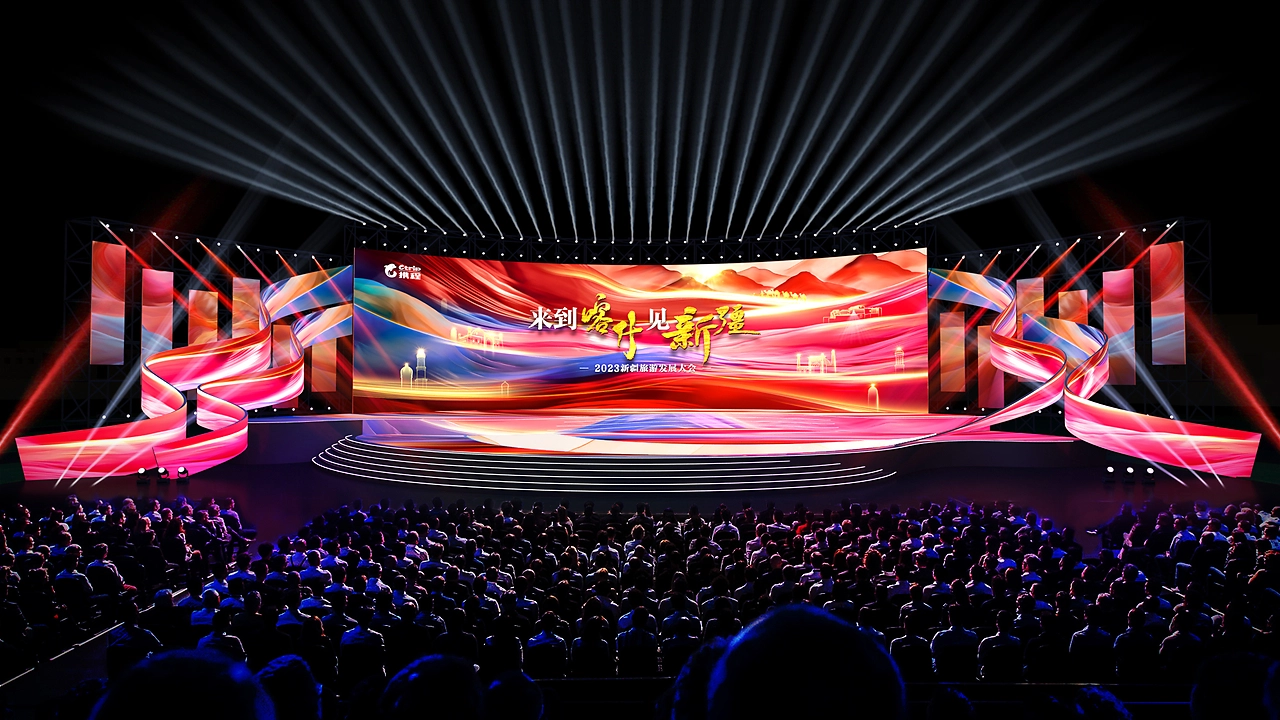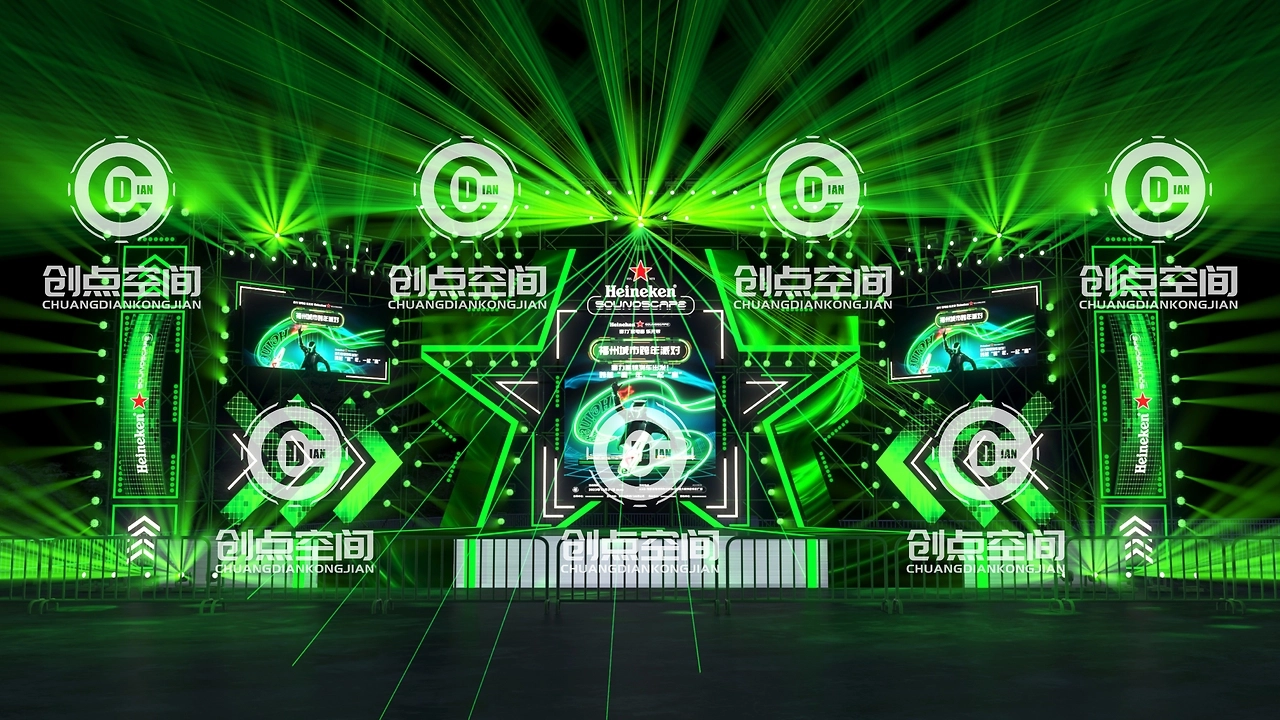The Blade of Light: The Past, Present, and Future of Laser Technology
In the process of human exploration of light, the birth of lasers can be regarded as a revolution. From barcode scanning at supermarket checkout counters to interstellar signal transmission through space communication, from precise cutting with surgical knives to extreme energy control with nuclear fusion devices, lasers have reshaped the face of modern technology with their unique physical properties. This technology, known as the 'purest light', is constantly breaking through the boundaries of human cognition and application.
1、 Quantum Transition: The Physical Code of Laser
In 1958, Xiao Luo and Tang Si published a paper in Physical Review, which systematically explained the principle of laser and uncovered the artificial miracle of stimulated radiation amplification for the first time. The essence of laser is the highly ordered photon army: identical wavelengths (monochromaticity), precisely synchronized wave phases (coherence), and almost perfect parallel propagation (directionality). These characteristics stem from Einstein's 1917 prediction of stimulated radiation theory, which states that when excited atoms release photons of the same frequency and phase under external photon stimulation, the energy of light exponentially increases.
The first ruby laser in the laboratory (1960) had an output power only one thousandth of that of modern laser pens, yet it validated the feasibility of the theory. With the successive emergence of gas lasers and semiconductor lasers, humans have mastered the full spectrum of laser generation capabilities from infrared to X-rays. The 2018 Nobel Prize in Physics was awarded to optical tweezers and ultra short laser technology, marking a new dimension in the ability of lasers to manipulate microscopic particles.
2、 Cross disciplinary empowerment: The modern spectrum of lasers
In the industrial field, 10 kilowatt fiber laser cutting machines are reshaping manufacturing with an accuracy of 0.01 millimeters. The Shanghai Ultra Short Laser Experiment Facility (SULF) can release 10 petawatts of energy within 1 femtosecond (trillionth of a second), equivalent to a thousand times the total power of the global power grid. This extreme condition has opened up a new experimental field for particle physics and materials science.
In the field of healthcare, femtosecond laser corneal surgery advances the accuracy of vision correction to the cellular level, while proton knife cancer treatment controls the treatment error within 0.5 millimeters through laser accelerators. Even more astonishing is the two-photon microscopy technology, which utilizes the nonlinear effects of lasers to achieve real-time observation of living brain neurons.
In the communication revolution, submarine cables carry 99% of international data traffic, and the theoretical transmission capacity of a single optical fiber can reach 100Tbps. The Chinese "Mozi" quantum satellite has achieved 1200 kilometer level quantum entanglement distribution using laser links, laying the foundation for absolutely secure communication. LiDAR is building a centimeter level precision 3D environment model on autonomous vehicle.
3、 Future Light: Technological Breakthroughs in New Dimensions
The emergence of metasurface materials has enabled laser control to enter the sub wavelength scale, and the dielectric metasurface developed by Harvard University can shrink the volume of traditional lasers by millions of times. A new type of laser guided by topological photonics theory, whose beam can be "immune" to defect interference like electrons in topological insulators. In 2022, German scientists used attosecond lasers to capture real-time images of electron motion for the first time, opening a time window for observing the quantum world.
In the field of energy, the National Ignition Facility (NIF) in the United States uses 192 high-energy lasers to bombard deuterium tritium target pellets, achieving controlled nuclear fusion with net energy gain for the first time in 2022. After upgrading the synchrotron radiation source to a free electron laser device, its brightness is billions of times higher than the surface of the sun, making it the ultimate tool for analyzing the structure of viral proteins.
From the microscopic world of the laboratory to the vast starry sky, laser technology continues to push the boundaries of human capabilities. It is not only a tool, but also a key to understanding the world - when photons dance together in a controlled way, we are able to carve matter at the atomic scale and transmit civilization over light years. This artificial light, born from quantum theory, is illuminating the path of humanity towards the future.
Whatsapp:+86 134 1860 8878






